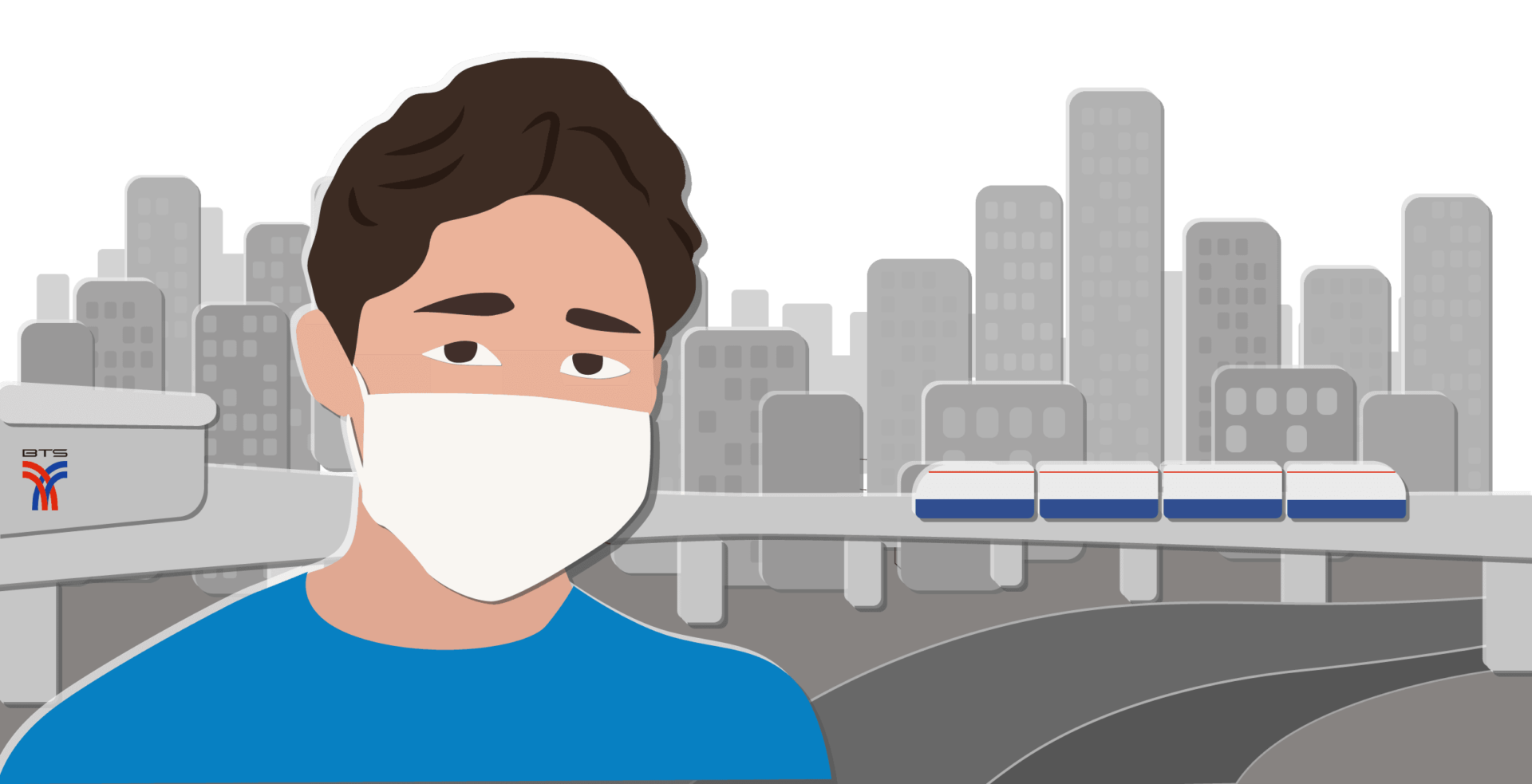The Importance of Exercise for Kids

There was a time when kids in general were much more active than they are today. Screen time wasn’t an option because it didn’t exist. Kids would naturally move their bodies more, simply through playing and exploring the world around them.
It is now becoming increasingly common for kids to lead a much more sedentary lifestyle. Small pockets of activity are scheduled into their week, rather than movement being the foundation for everything else.
What is exercise for kids?
It is common in more developed areas of Asia for kids to be scheduled in for lessons in a variety of different sports. While learning a sport or physical activity is certainly beneficial for kids, it is possible for them to become over scheduled. This can result in a loss of ‘play time’, and possible burnout well before they reach their peak.
Kids can get their exercise simply through playing and exploring the world around them. Examples of exercise for kids include:
- Climbing trees
- Playing tag
- Free play at the beach (they should naturally want to run around, and maybe even swim)
- Playing in the playground
- Kicking a ball around or shooting hoops
- Free play at the local pool
There are endless ways for kids to move their body and they will discover these themselves once they are placed in the right environment. How often do your kids do activities such as those listed above?
The benefits of movement for kids
The benefits of regular exercise for kids are not dissimilar to the benefits for grownups! The scary thing is that the increasingly inactive lifestyles of children can have some serious health implications. This is evident in the rise of lifestyle diseases in children that were once reserved for adults (for example type II diabetes).
The benefits kids will receive from an active lifestyle include:
- The ability to maintain a healthy body weight more easily
- Stronger muscles and bones. Activities such as running, jumping and gymnastics are great for bone loading and therefore building stronger bones
- Decreased likelihood of developing risks factors such as high blood pressure and cholesterol, and a reduced probability of developing lifestyle diseases such as type II diabetes.
- Improved ability to manage stressful situations. They will be less likely to suffer from problems such as anxiety and depression.
- Easier to fall asleep at night and get quality deep sleep
Ways to help your kids become more active
- Limit screen time! When their allocated screen time is up, send them outside to play. It’s much easier for kids to be active outdoors rather than indoors.
- Choose active family activities on the weekends. Visit a National park and go hiking, hire bikes and explore your city, or head to the beach as a family
- Play with them! Kids love it when adults get involved. Try and do a few things in the playground with them, or challenge them to a game of tag.
- Enroll them in a sport or physical activity group. Make sure it’s something that they have chosen and that gets them excited. Being around other kids who are active will help influence their daily activity choices.
Check out our group section of the website to start learning about what’s on offer in your area.







Responses